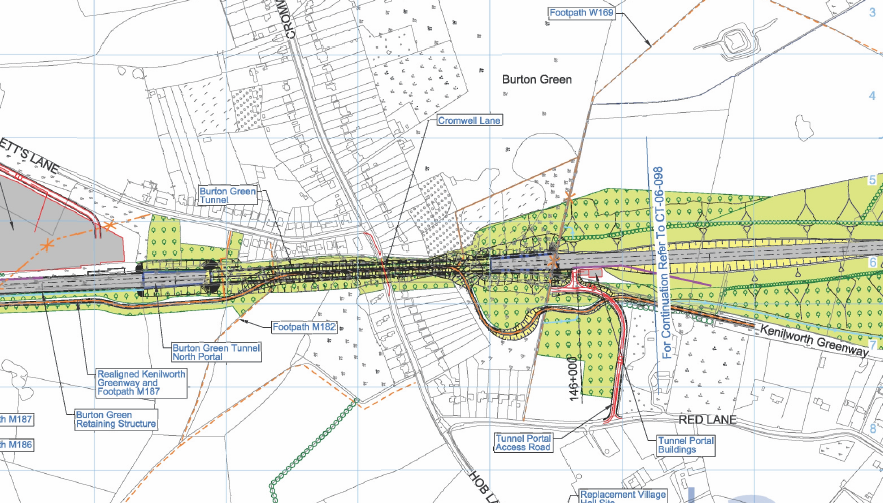NotATrainspott
Established Member
- Joined
- 2 Feb 2013
- Messages
- 3,224
Looking at Google Maps it seems that the majority of the CML has reasonably large radius curves and reasonably not-short distances between stations. When the line is electrified, and given new EMUs, what would be the maximum feasible non-tilting speed? If it were possible to be upgraded to 200/225km/h in places, and then connected to OOC at one end (and thence to Paddington) via the NNML and to Birmingham International/Interchange at the other, it could be a consolation for the months/(small number of) years of HS2 construction.

